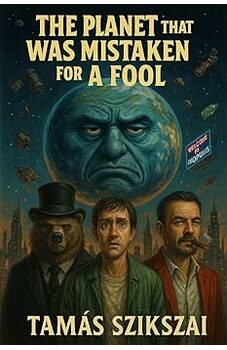

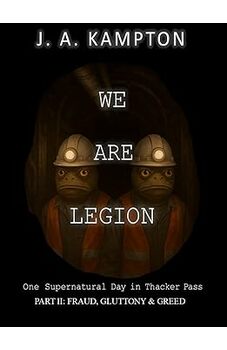
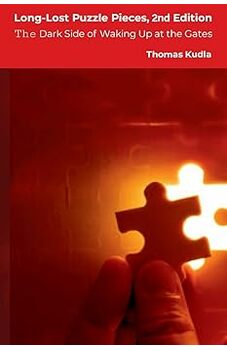
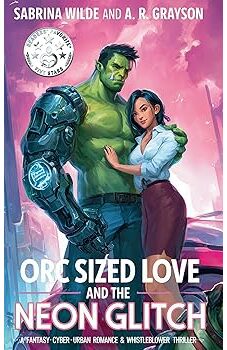
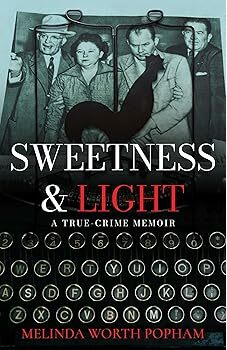
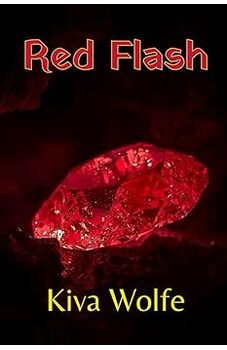
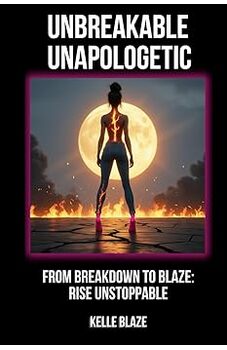
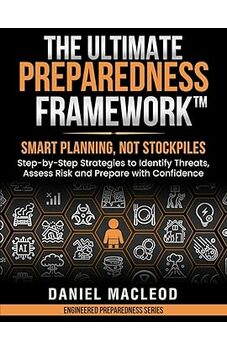
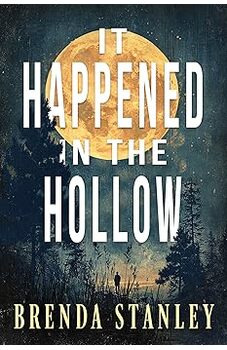

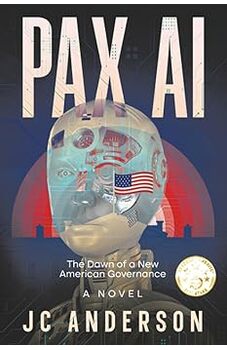
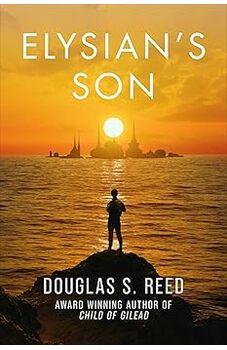
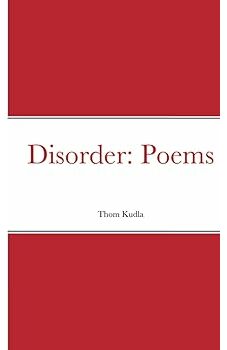

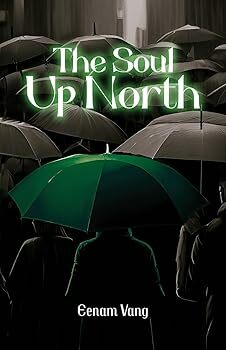
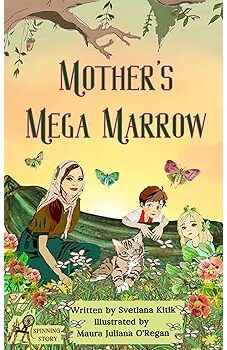
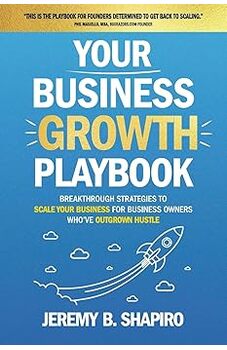
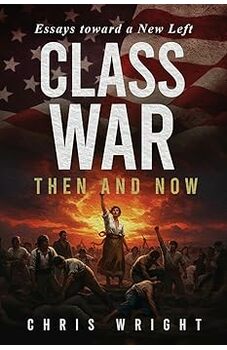
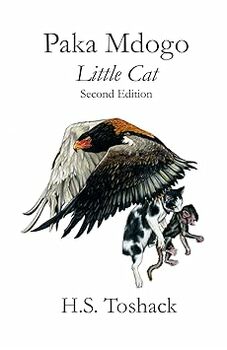
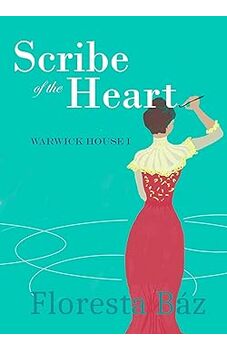

 This author participates in the Readers' Favorite Free Book Program, which is open to all readers and is completely free. The author will provide you with a free copy of their book in exchange for an honest review. You and the author will discuss what sites you will post your review to and what kind of copy of the book you would like to receive (eBook, PDF, Word, paperback, etc.). To begin, click the purple email icon to send this author a private email.
This author participates in the Readers' Favorite Free Book Program, which is open to all readers and is completely free. The author will provide you with a free copy of their book in exchange for an honest review. You and the author will discuss what sites you will post your review to and what kind of copy of the book you would like to receive (eBook, PDF, Word, paperback, etc.). To begin, click the purple email icon to send this author a private email.
Reviewed by Anne Boling for Readers' Favorite
The Indians assisted settlers, teaching them how to raise crops and even sharing their food with them. In return, the white man looked on the Indians as savages and treated them like animals. The American government, on more than one occasion, cheated the Indians. Eventually, the Indians fought back. Custer’s reputation grew as an Indian fighter.
A Terrible Glory is a history buff’s dream come true. James Donovan carefully researched the Battle of Little Bighorn. He considered recent findings. While we can never be certain what happened June 25, 1876, we can speculate. A Terrible Glory is written brilliantly. This book is hard to put down. There are over 500 pages, and yet the book is mesmerizing to the end. The photographs add much to the text. They make this tiny bit of history come alive. Donovan aptly describes the battle and aftermath. “There were skulls to crush, eyes to tear out, muscle and tendons to sever, limbs to hack off, and heads to separate from bodies.” A Terrible Glory will fascinate many. History buffs should rush out and get their copy today.
I'm a junkie on this subject. Have read most of the major books on the battle, so I'd say, honestly, I wasn't prepared to be impressed. But I feel compelled to write a review here because I'm so pleasantly surprised. This topic has been well published, but this new book is GREAT. This author must have done some serious digging, because this book includes material I've never seen in any other book. Robert Utley was right about this book (if you're not a regular of the genre, he's the dean of writers on the American West). He's quoted as saying 'the research into firsthand sources is broader and deeper than I have ever seen'. To Custerphiles like myelf, that says something.
There IS a lot of information here, but it's skillfully blended into the narrative, and the author did a good job of synthesizing all the material (the Indian and white accounts, and the new archaeological and forensic research and analysis from the past few decades). It also seems like the author went to great lengths to show the Indian side of the story, which is a plus.
As you'll see, the book contains 83 pages of notes. But don't let that fool you; it's not a dry, academic type of read at all. (In fact, I'd say it's better written than anything else I've read on this subject.) And there's a lot of extra supporting material in all those notes, if you want to read them. But, notes or no notes--this is just a great read, and a wonderful new entry in the field. Good job, Mr. Donovan. (And, by the way, your publisher did a nice job, too. I'm a "book" person, and this book is quite handsome, both inside and out.)
For nearly a century and a half, the Battle of Little Bighorn has been a part of our nation`s collective knowledge and language, an event used as a metaphor for everything from foolhardy determination to one last, heroic quest. Even those who don't know of Custer's achievements in the Civil War or his desire for political office know that he was front and center in the most famous massacre in American history.
Although many accounts of the battle exist, James Donovan`s "A Terrible Glory" claims to be the first book to relate the entire story, and the first to include new findings which significantly alter the perception of this battle, the military response to the events and the attraction the public has had for the great mystery of what happened in Custer's final hours.
Donovan weaves overwhelming research and detail into his narration, often pausing and backing up to paint the full picture of the events as they develop. His characters, from Custer to Crazy Horse and General Grant, are presented with the depth of a Larry McMurtry novel, a monumental achievement in recreating men who died over a hundred years ago. He approaches the battle from all angles, allowing the different stories to slowly build toward their inevitable clash.
The marriage of captivating story with enchanted researcher/writer often proves to be an incendiary combination. Donavon's meticulous approach and seemingly total immersion into writing this story create the feeling that the author rode alongside the subject of his life's work. With "A Terrible Glory", we ride with him.
This is the best Custer/Little Big Horn book in years, maybe the best ever. It delves deeply into the critical issues of the Sioux Campaign of 1876, but not with the volumes of trivia that put a reader to sleep. It is a lively, enjoyable read, factual, and balanced as far as fairness to the indians and U.S. Cavalry. Its strength comes from the incredible research done by the author, as the 83-page bibliography attests to. It includes new and indepth findings about Custer and the Seventh Cavalry, Frederick Whittaker (Custer's first biographer), and about the 1879 Reno Court of Inquiry where the Army tried to minimize the disastrous defeat and loss of military personnel at the hands of Sioux and Cheyenne warriors. The battle coverage is exciting, uncontrived, and certainly educational. The aftermath of the battle is extremely well-covered, underscoring the dranatic effect the battle's outcome had for Native Americans, U.S. military capabilities, and American history in general. Every reader will learn new things, even the most serious students of the Little Big Horn battle. Its fun to be so entertained while being educated as well. Thanks, Mr. Donovan.
Because I am working on a related project, I've read quite a bit of the Custer literature lately, both scholarly works and more popular treatments. I hasten to clarify that I am not a Custer enthusiast or expert, and that the existing literature is sprawling at least. I was skeptical of yet another general treatment of the battle, but Donovan's writing makes the scene come alive in almost cinematic fashion. Reading this book enabled me to clearly visualize how events unfolded, which is no small task. As a scholar with a general working knowledge, I'm impressed with his diligent mining of primary sources, old and new, and by his artful use of obscure but telling details to bring events and people-mainly U.S. Army soldiers- to life. The bibliography leaves little to be desired, but the book reads like a novel. While personalities come vividly to light, Donovan does not dwell on the persona of Custer, and he rejects the notion that Custer's actions doomed the Seventh cavalry. Rather, by linking together unfolding circumstances and decisions as if a clock is ticking, he makes the battle seem almost like a "perfect storm" of errors colliding to ensnare Custer and his men-perhaps this was Sitting Bull's medicine? He also makes a strong case for Custer having been scapegoated after the battle in order to obscure the conduct and decisions of others, including his superiors and, of course, Reno. In other words, an informed and nuanced reading, narrated with remarkable clarity and verve.
It is interesting that the most celebrated events in U.S. military history are its defeats - Pearl Harbor, Bataan, The Bulge, Fredericksburg. Perhaps no military engagement has been researched and analyzed and commented upon, often erroneously, as much as the Battle of the Little Bighorn in 1876 when Sioux and Cheyenne warriors killed George Armstrong Custer and several hundred troopers of the Seventh U.S. Cavalry. Beginning immediately after the discovery of the tragedy by the U.S. Army, players and observers began to spin events to their advantage creating an amazing cacophony of contradictory accounts, speculation, blaming, and name calling that continued for more than a century. The event gave rise to a sub species of historian, the Custer Buff, people who read everything they can about the battle, its run up, and its aftermath.
Soon after the nation was stunned by the defeat, large, full-color paintings decorated barrooms showing the Civil War hero and widely-heralded Indian fighter firing his revolver as swarms of warriors overran his position on a dry hilltop in Montana. The paintings read "Custer's Last Stand."
In A Terrible Glory Donovan goes back to square one in his research relying on primary sources - the statements and recollections of the participants and eyewitnesses supported by archaeological evidence. With such a famous event there were naturally inconsistent, conflicting, and even fraudulent accounts of what happened when Custer, some say against orders, split his regiment to attack a Sioux village. Even Custer's commander said he violated orders. Donovan shows this as a classic case of CYA and blame the dead man. Others who had something to hide joined in manipulating facts.
This is a carefully researched and very readable account of Custer's life, U.S. Indian policy, and the campaign that shattered one of the Army's most esteemed regiments. Donovan also follows the convoluted courses of events afterwards and the personalities who shaped and reshaped popular understanding of the battle. Where the accounts differ Donovan included in the endnotes discussions of contradictory evidence. In some cases makes his own judgment as to the likely course of events. I used two bookmarks, one for where I stopped reading the text and one for the endnotes.
One participant held up for the most scorn was Major Marcus Reno, leader of the battalion assigned to attack the huge Indian village. The attack failed and Reno and his fellow fugitives fled into woods, across a river, and into a defensive position on some bluffs. The heavy-drinking Reno was, by most accounts, drunk and incapable of command, but when the Army held a court of inquiry, his fellow officers minimized his (and their own) failings. Drunk or sober, it doesn't sound as if Reno could have helped Custer much.
The reader is provided with a balanced, well organized, and credible account of a very popular historical event. Some 400,000 people a year visit the battlefield where most of the dead soldiers were buried where they died.
For any Custer Buff, anyone interested in the history of the Old West, and any student of the historical process, A Terrible Glory is a good read.
I am not, as some of the other reviewers here clearly are, a professional student of the Battle of the Little Bighorn. I bought this book as a reader interested in American History generally, and in the American West in particular. What I found was a highly readable book that seemed, to me at least, to treat the various actors involved in this battle fairly. James Donovan did an excellent job of placing the battle in its historical context. I enjoyed the general historical review leading up to the battle and the numerous firsthand accounts throughout the coverage of the battle itself, but I found the author's coverage of the aftermath of the battle to be especially informative. James Donovan's conclusions that the officers of the 7th closed ranks around Reno, despite his serious blunders and drunkenness, out of honor and political necessity was logically presented and well-supported.
Prior to reading this book, I was under the impression that the 7th went into battle as a well-armed, well-supplied fighting force. I was also under the impression that the battle's clear cut hero was Benteen. Donovan's narrative goes to great lengths to clear up both of these misconceptions. I would recommend this book to anyone looking to build a better understanding of the Battle of the Little Bighorn, both in the particulars of the battle itself and in its larger context as a turning point in the history of the American west.
"A Terrible Glory" is one of the few books I've read on 1800's era history. I can't comment on the accuracy of the claims or facts presented in this book.
However, I can comment on the book's "readability" and apparent credibility...and ATG is an enjoyable work!! My prior opinion on Custer was one of a vain fop. However, the author brings the the man into light a one of social genius and puckish ego. If accurate, everyone knows someone like Custer and the author's telling helps the reader step into the book easily.
Presentation of facts and subsequent analysis are, in my opinion, fair and intelligently presented - no one has a time machine, so at some point the reader needs to suspend any argument and just read.
One topic clearly and succinctly addressed is that of treatment of the Native Americans - of course, you'll judge for yourself, but I found the author to be fair and rational, avoiding emotional extremes on such a volatile subject. Someone with a topical interest in Native American settlement will likely find themselves confident in either their new knowledge or clarified retelling of history.
Because of the easy writing and colorful subject, ATG is recommended as a read to consume in one or compacted sitting.
It starts long before the campaign and ends much more later on.
It lefts no stone unturned, and actually uses all the data available in a tour de force of rigour.
Actually if you are not going to read more then a book about it this one will do perfectly the job.
It is neither pro-Custer or anti-Custer, makes a good job of simply saying what is known and formulating the best plausible guesses when explaining the parts of the fight harder to establish (there other authors are perhaps much more passionate in their arguments!).
Highly Recommended for what it is fair History without undue passion.
The basic arguments over what actually happened at the Little Bighorn, why and who should be blamed haven't really changed much since 1876. If you like movies, is Custer the man from They Died with their Boots On? or the egomanical madman from Little Big Man? This tends to go with Custer as flawed hero and paints a very well drawn picture of Custer during the Civil War in which he was one of the great heros of the war, with cause. It's reasonably clear that no one from Custer on up through his chain of command believed that there was any real possibility of total disaster. After all,the largest military disaster prior to Custer's Last Stand was the Fetterman massacre involving some 80 men, and Fetterman had no reputation to speak of. So, everyone in the campaign was far more concerned that the Sioux would simply melt away before they could be engaged, much like the similar contemporary campaign and disaster against the Zulu in South Africa. In both cases, the locals were eager to fight it out, on their own terms, of course.
The basic arguments are very well presented, and the author provides very reasonable arguments as to why Custer did what he did and what he was trying to accomplish. Could Custer's 2nd in command, Major Reno have turned the tide by pressing the attack on the Sioux from a different direction, and/or Captain Benteen? Why did Reno fail to act? The author has very strong opinions on those questions, but they should be taken with a least a grain of salt. There has never been a definitive answer and there never will be one as we can't know what Reno saw when he approached the village. We do know that all of Custer's command died and most of Reno's men survived. However, regardless of what you think of his arguments, the book is well written and provides excellent context.
The Battle of the Little Big Horn appears to be the most written military history single event ever. More than any event of World War II, the Civil War, or any other period of military history. However, most of the books that have been written on this event are either dry or biased or both. There have been a couple of good books on this topic: Robert Utley's book, Cavalier in Buckskin and Son of the Morningstar by Evan
Connell (which is in reality a historical novel). However, this book beats them all, digging through all the boring, recent analysis on the battle, and integrating that with well-written older books to provide an excellent, yes, an excellent history of the Battle of the Little Big Horn, from the troopers perspective and from the Indians perspective integrating both sides into an interesting book. The chapter on the massacre of Custer's battalion is the best - concise and clear based on the best thinking over all the years of studying and re-studying this event. After that, the book goes through what happened afterwards, how the event was communicated, the impact, the early criticisms of Custer, Reno's farce of a trial, and what happened to the major players in this event afterwards: Reno, Benteen, Sitting Bull, Crazy Horse, and the many of the minor players including Custer's wife - Lizzy. If there is one book that you own on the Battle of the Little Big Horn, this is it. I highly recommend this book to any individual interested in this battle.

